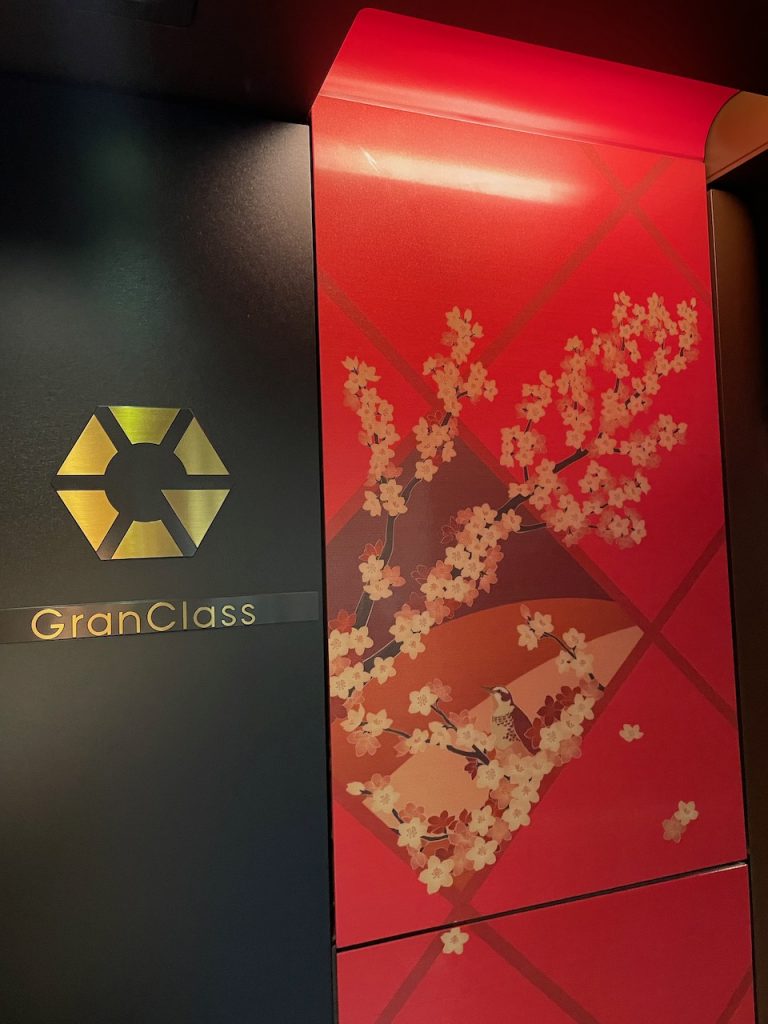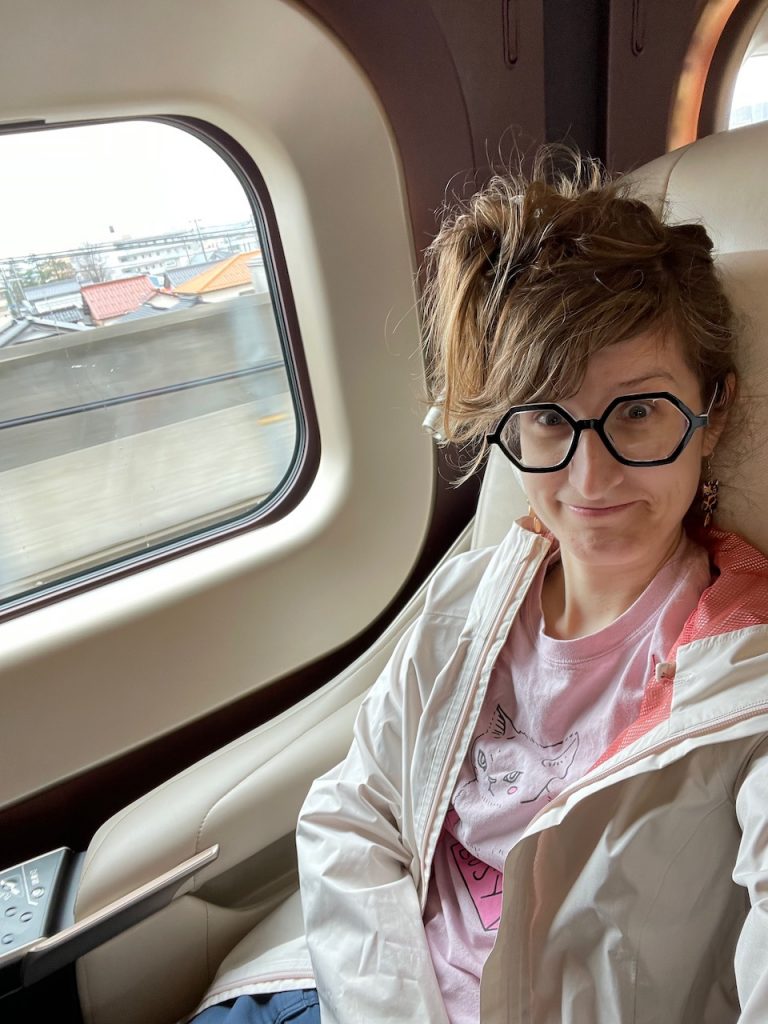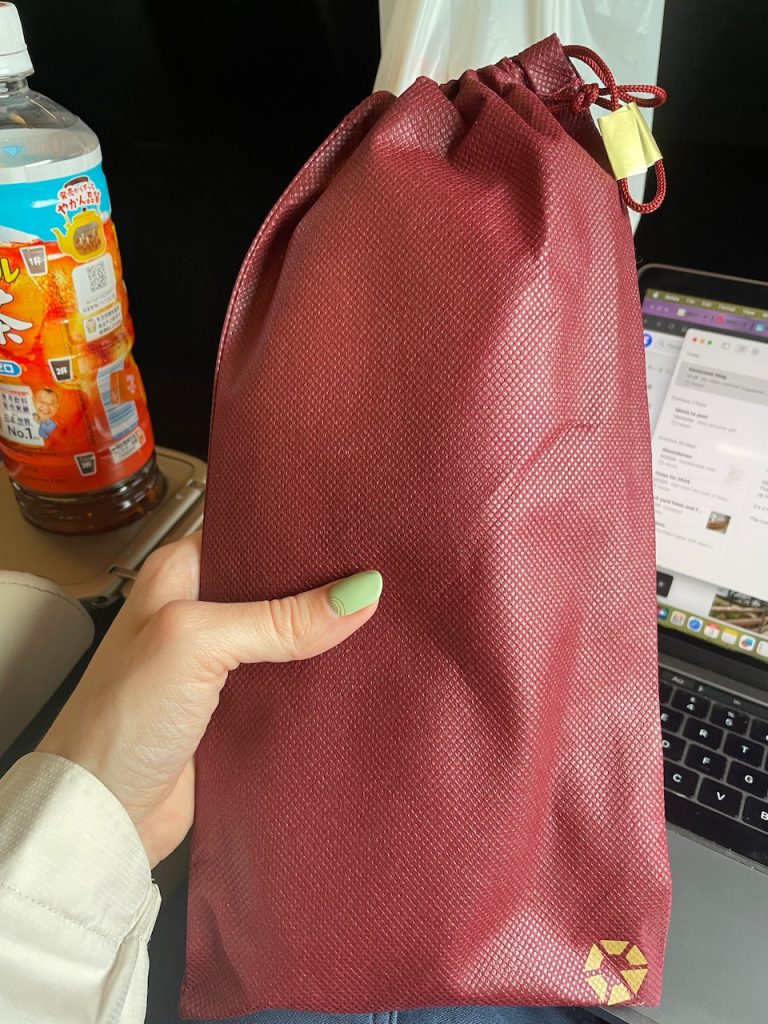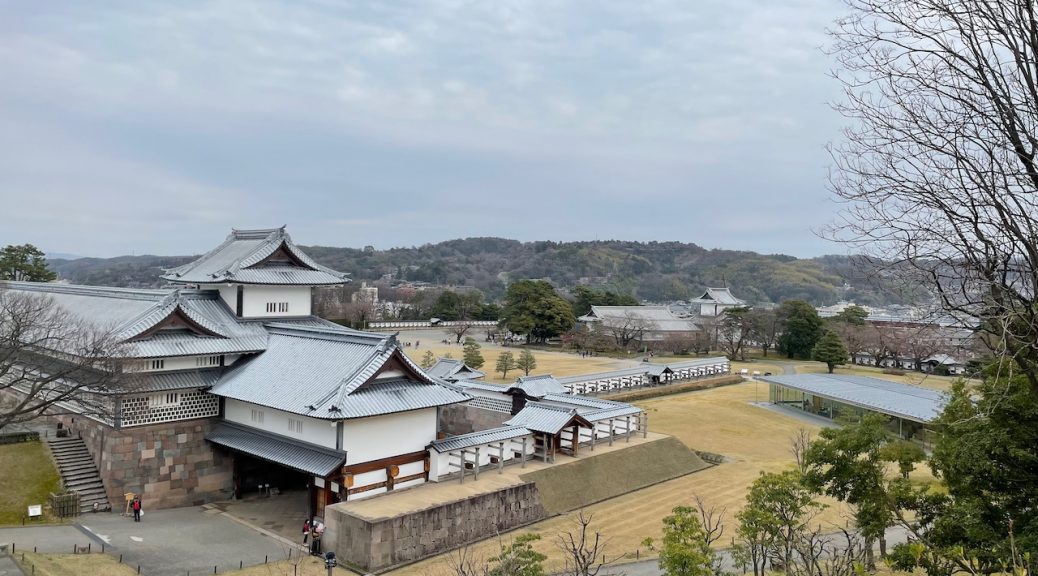
Striking gold in Kanazawa (and more castles!)
On the train from Takayama to Kanazawa, Rhett confessed to me that Japan has more mountains than he thought. Sir, one of the symbols of Japan is Mt Fuji. How many did you expect? Like just the one? The whole country is practically mountains!
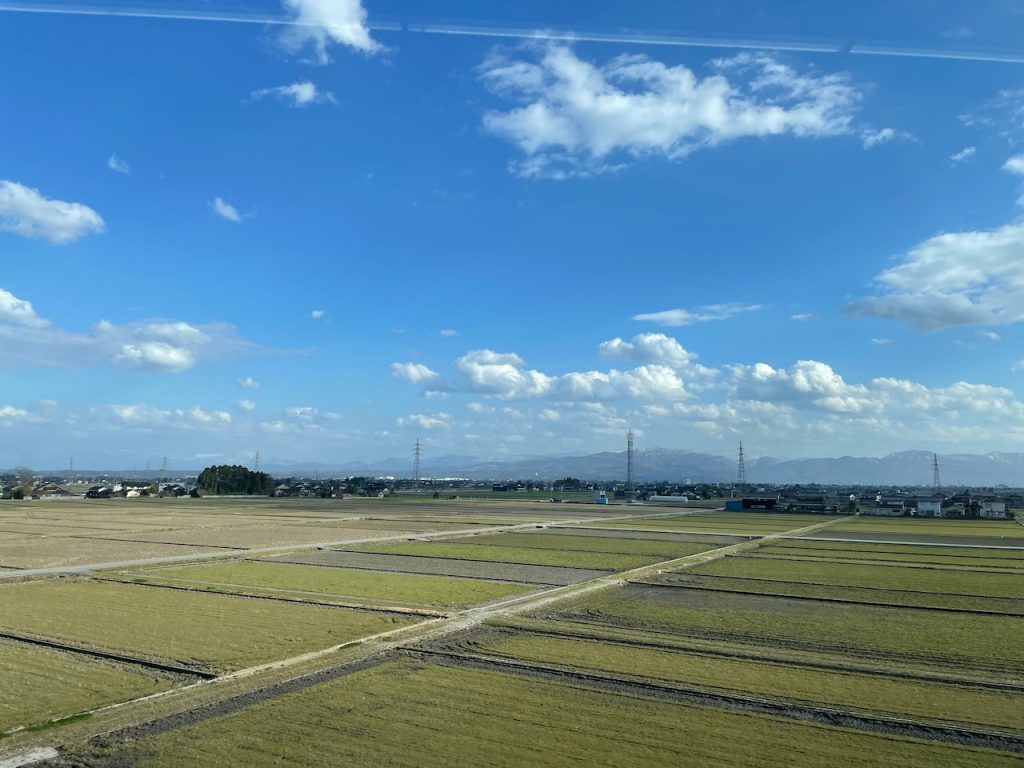
My robot overlord suggested Kanazawa as a stop on our tour, and so here we are. I wanted it specifically because of its preserved historic districts and folk crafts with gold leaf and thread. The robot did not disappoint.
Kanazawa’s ruling clan was the second most wealthy after the daimyo, with the region providing incredible rice, gold trade, and proximity to the sea and trade routes. The power the local lords (the Maeda clan) had could rival that of the daimyo, so they were sometimes scattered to other locations if they got too wealthy.
It was also spared broad-scale destruction in WWII, so there are plenty of historic buildings and a huge castle that are still intact or are nicely restored. This leads to Kanazawa looking like this:
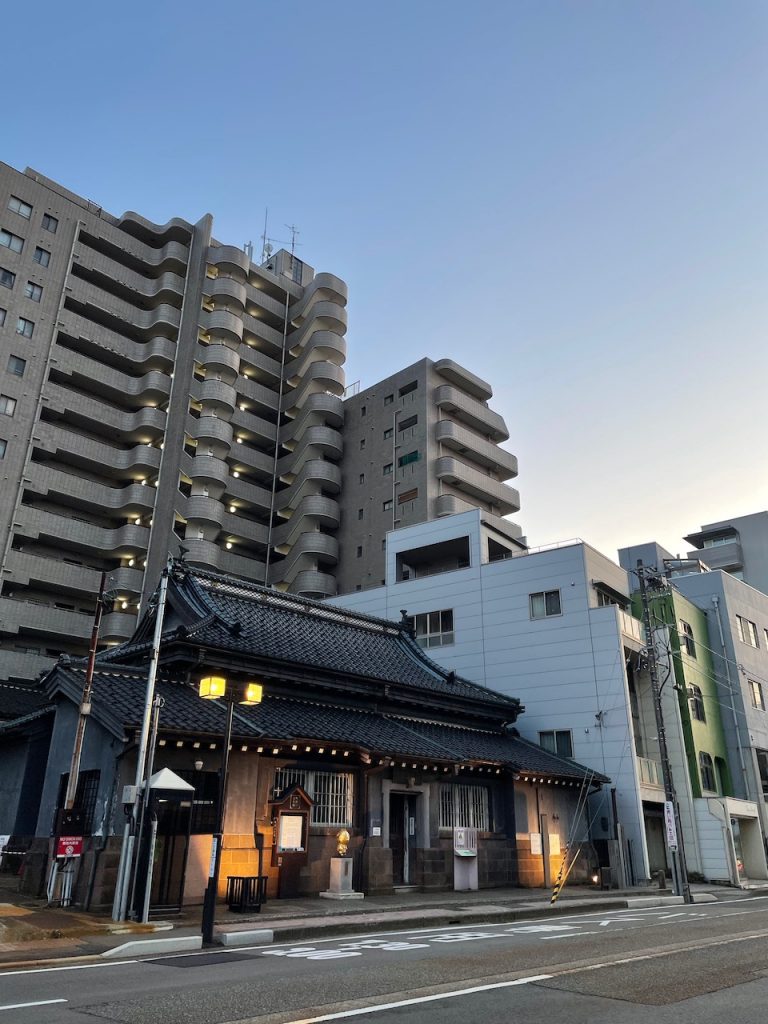
I went for a walk around our neighborhood to scout dinner. We’re staying near Omicho, Kanazawa’s famous fish market. Kanazawa is one of the country’s gateways to fish, so supposedly the fish you can have here is the best. This is a very logical pick for my vegetarian self. Maybe I didn’t tell the robot I was vegetarian (but also, I have not been having a hard time finding food). Between the fishmongers are little restaurants selling fish and local specialties.
Japan’s #1 rule is no eating & walking. There’s a sign way up top in Omicho about not eating & walking, and several signs near the vendors.
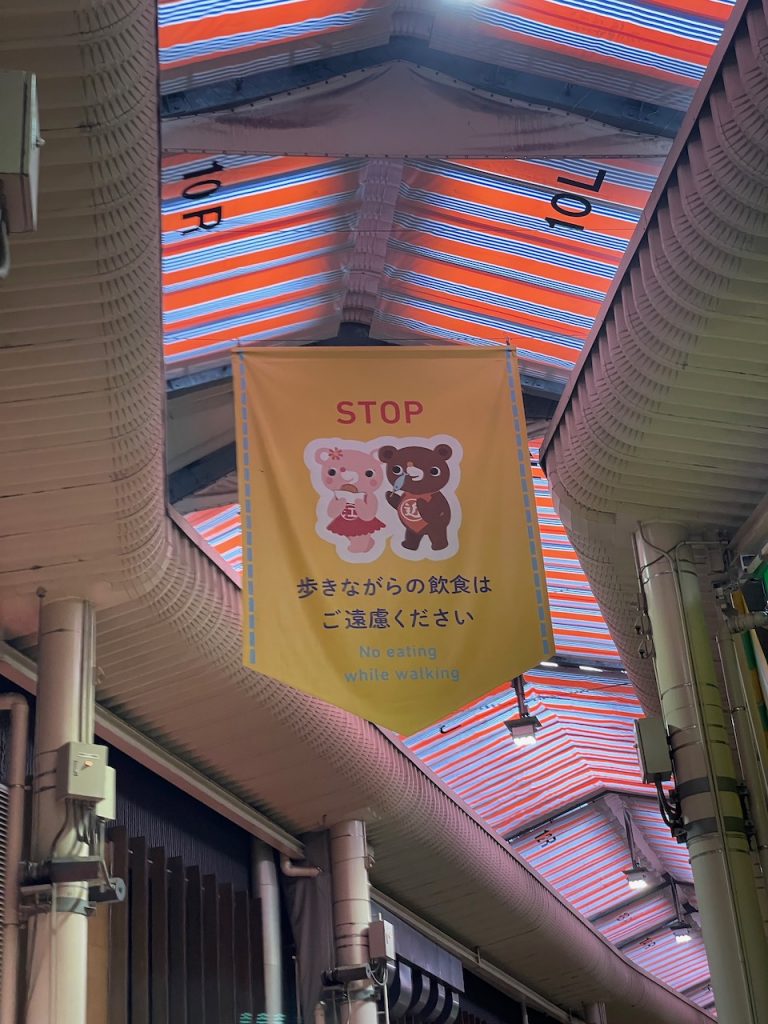
Ok, there are a lot of other cultural rules and norms, but this was one we talked a lot about in Japanese class. The reason we had always been told was that it makes the air stinky with your stinky food. It’s a fish market – it’s already stinky! If you buy a souvenir here, I’m certain it will smell like fish market. How much worse could it get from someone eating and walking?
The market is super liminal at the tail end of rush hour, with the stalls closed up, colorful bright light filtering in from above, and a few straggling commuters passing through it. It’s peacefully fishy.
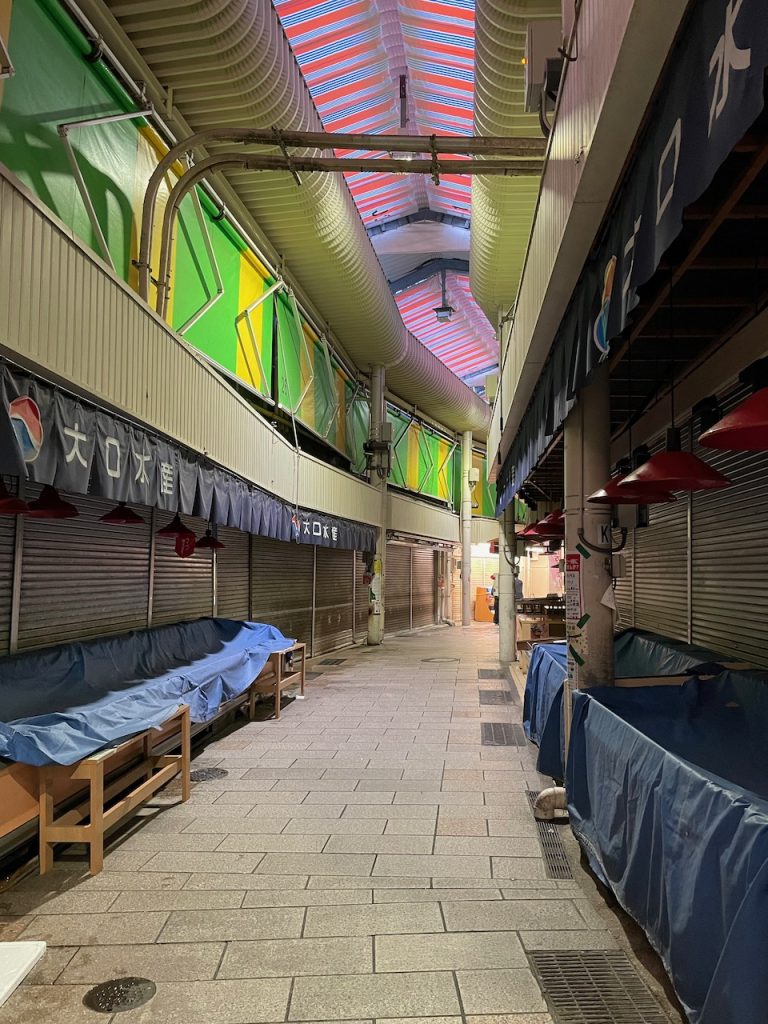
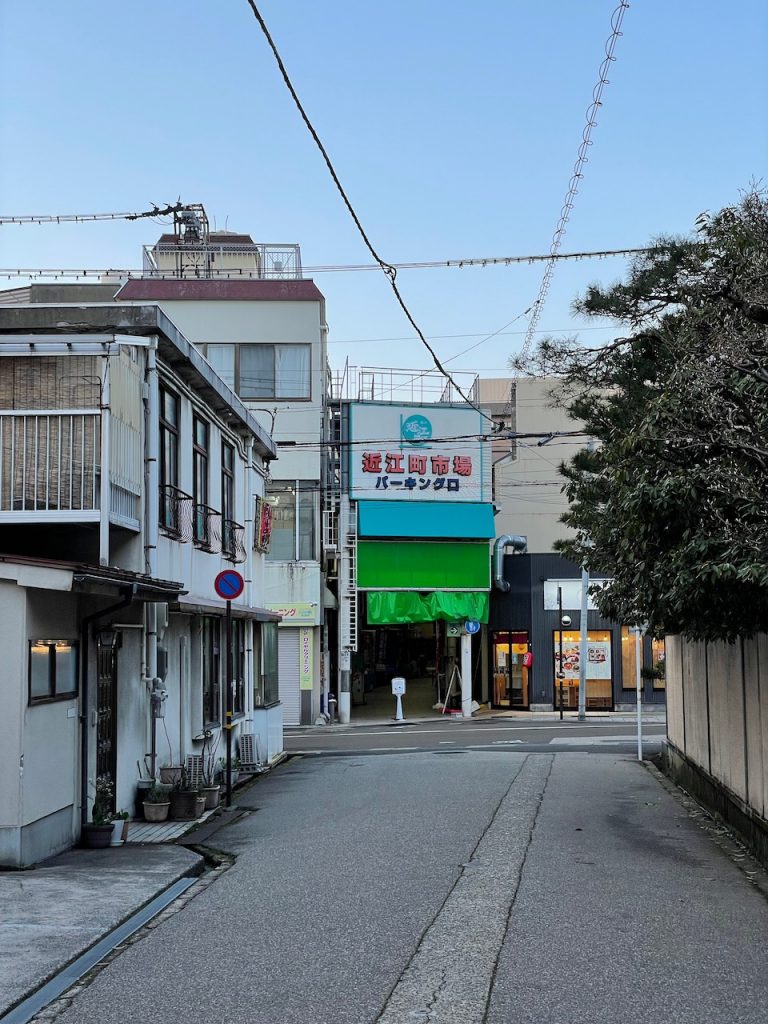
For dinner, I found a place that is basically a DIY hosomaki sushi shop – where you pick ingredients and then make your own sushi roll. I feel like this would be a fun and pretty accessible thing to have in the US, since you can use your chosen ingredients to make whatever you want in your rolls. There’s a little video on how to make hosomaki and I watch it twice.
This can’t be that hard. And my first one – perfect!
But then – we won’t talk about the crimes I committed when I tried to roll the other two rolls, fillings and rice bursting out, fusing to the sushi-rolling mat. Nobody kicked me out of the restaurant for whatever reason. I was nearly crying from laughter.
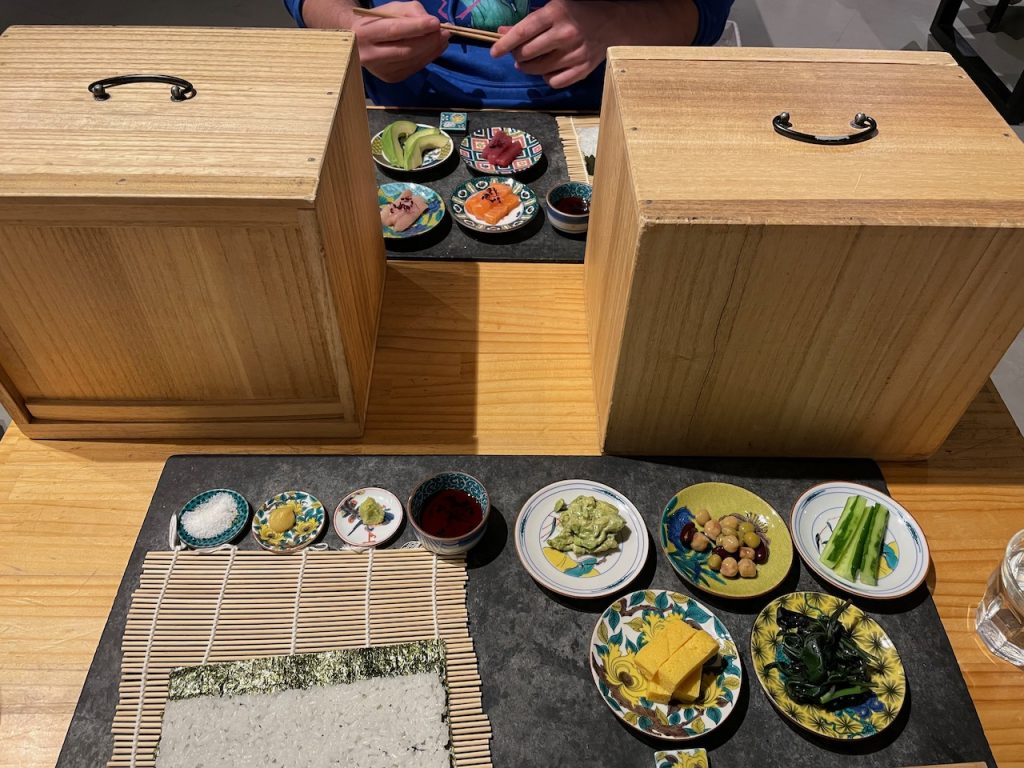
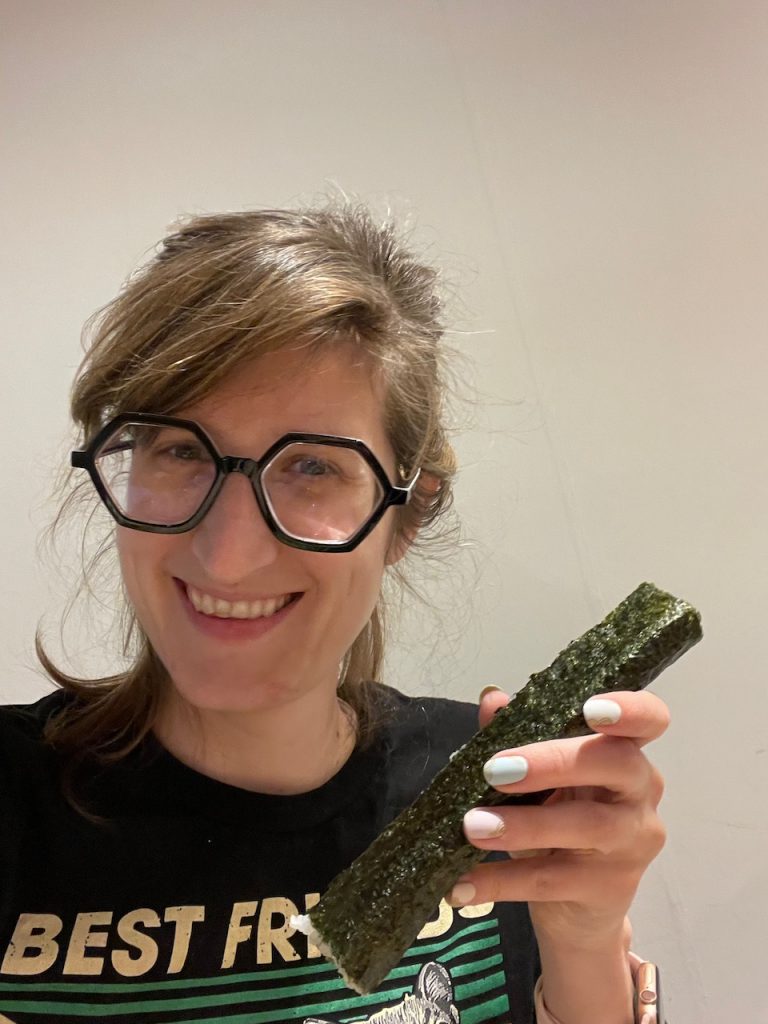
Notably, the wasabi we got was real-ass wasabi. It was creamier and had a slower burn. This is defo not the horseradish stuff we get at home. I’m going to try to bring some back with me!
In the morning, Omicho is alive and full of people and fish and crabs and everything else you can buy in a market – souvenirs and orchids and I’m pretty sure none of this would never not smell like fish.
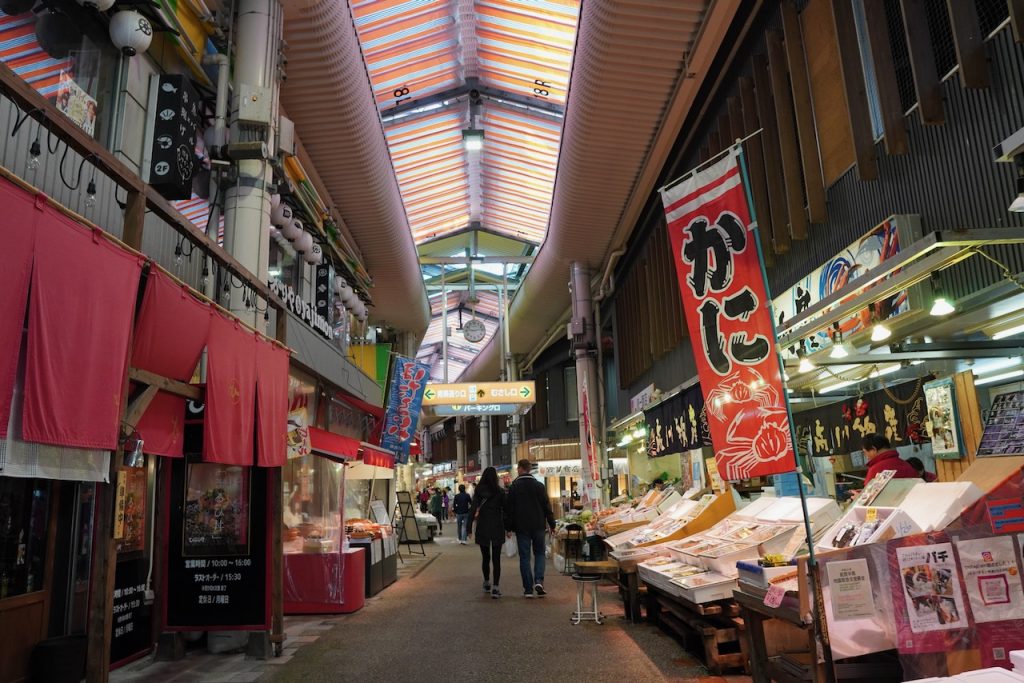
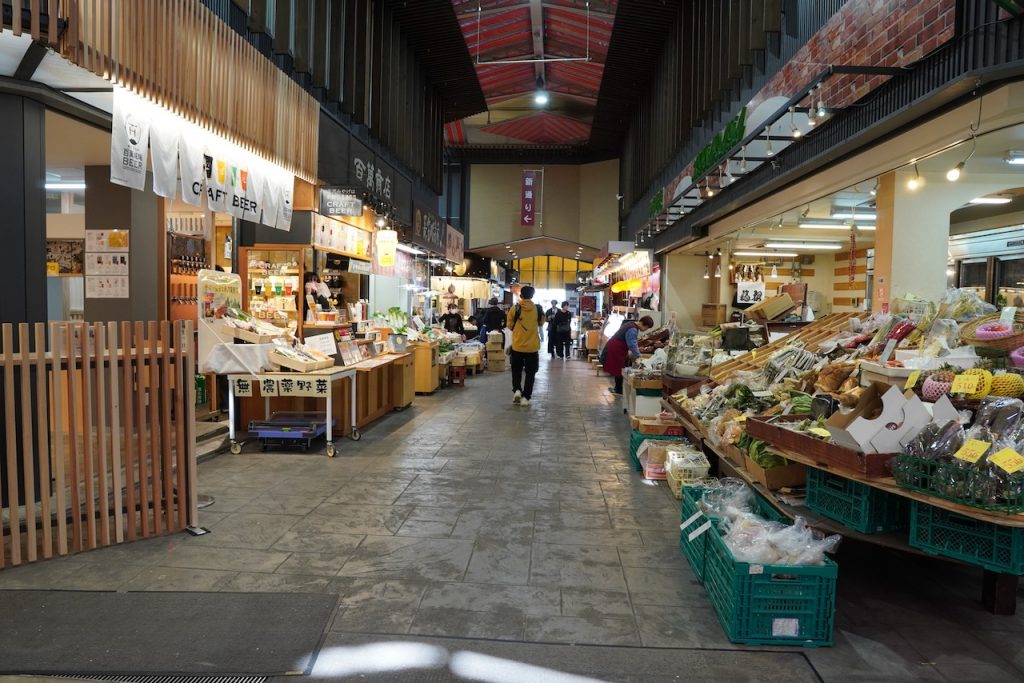
Our only full day starts with breakfast (who am I? but I’m using this as my jet lag anchor meal since it falls at dinner time) – I picked a little place called tea room castle. It’s a hole in the wall diner run by two super cute, cheerful ladies. There is no menu. The inside is kinda grungy in a cozy sort of lived-in way. Classical music plays softly over the speakers. I could be in a Murakami Takashi book chasing after a sheep with a star, but I’m not (I think).
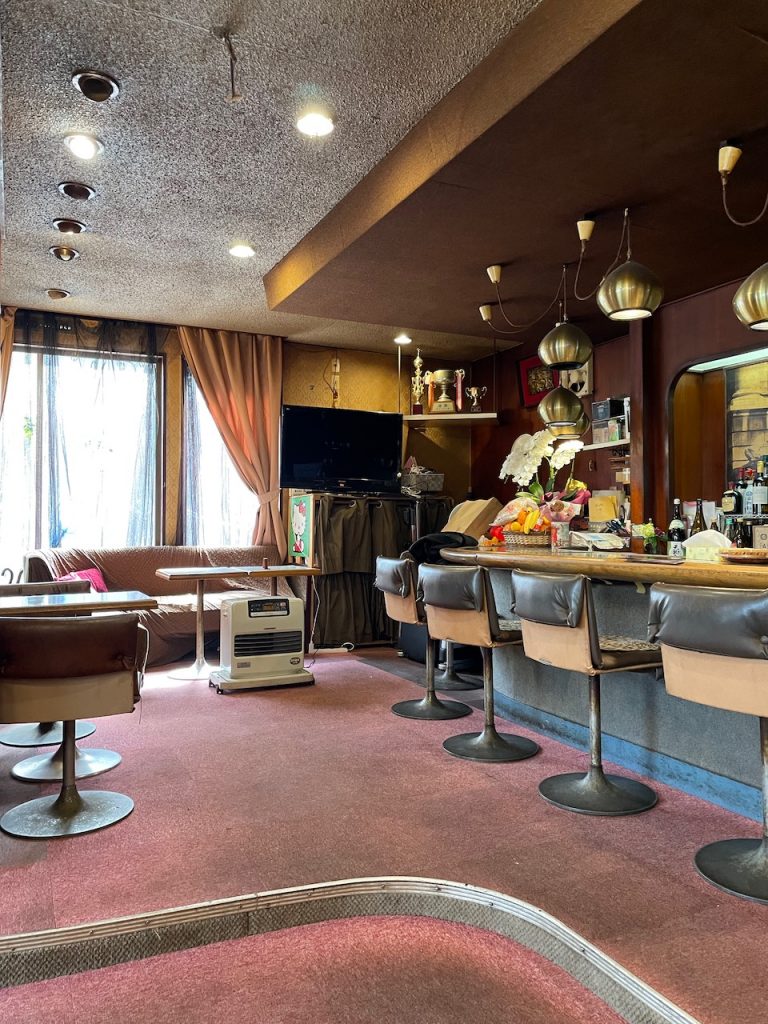
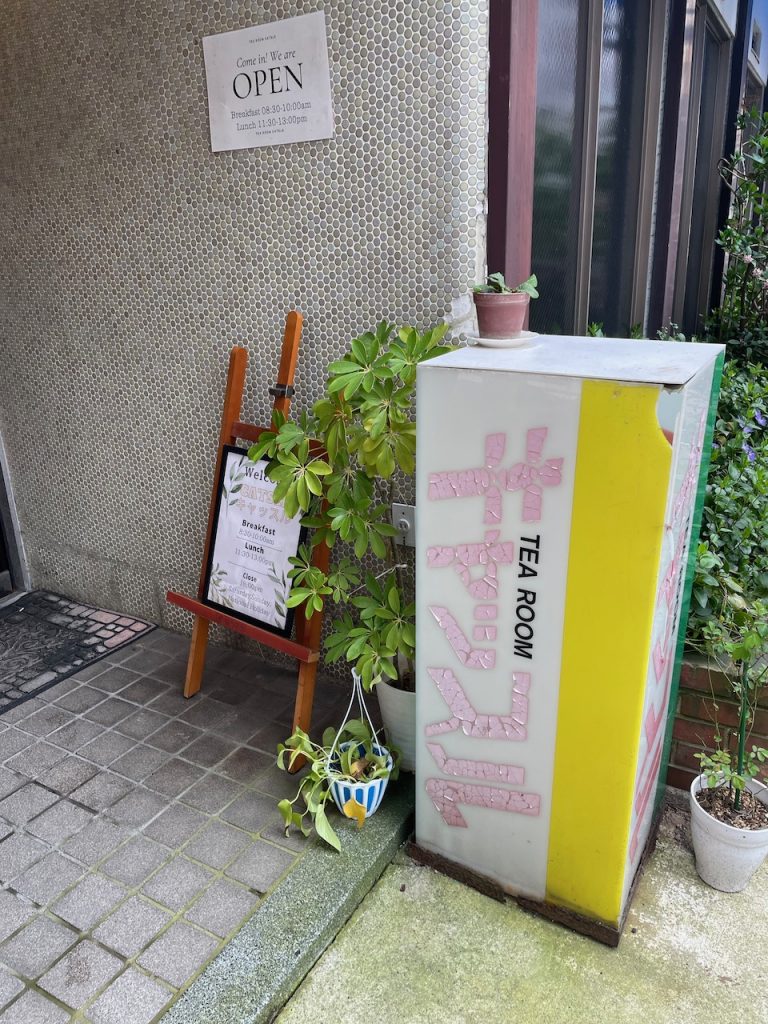
You just say you want breakfast and specify coffee or tea. For 700 yen, you get a PILE of food. Rhett gets to have my ham, and he is very happy. I get shokupan, and I am very happy. The energetic and adorable ladies who run the restaurant compliment my Japanese. Wins all around.
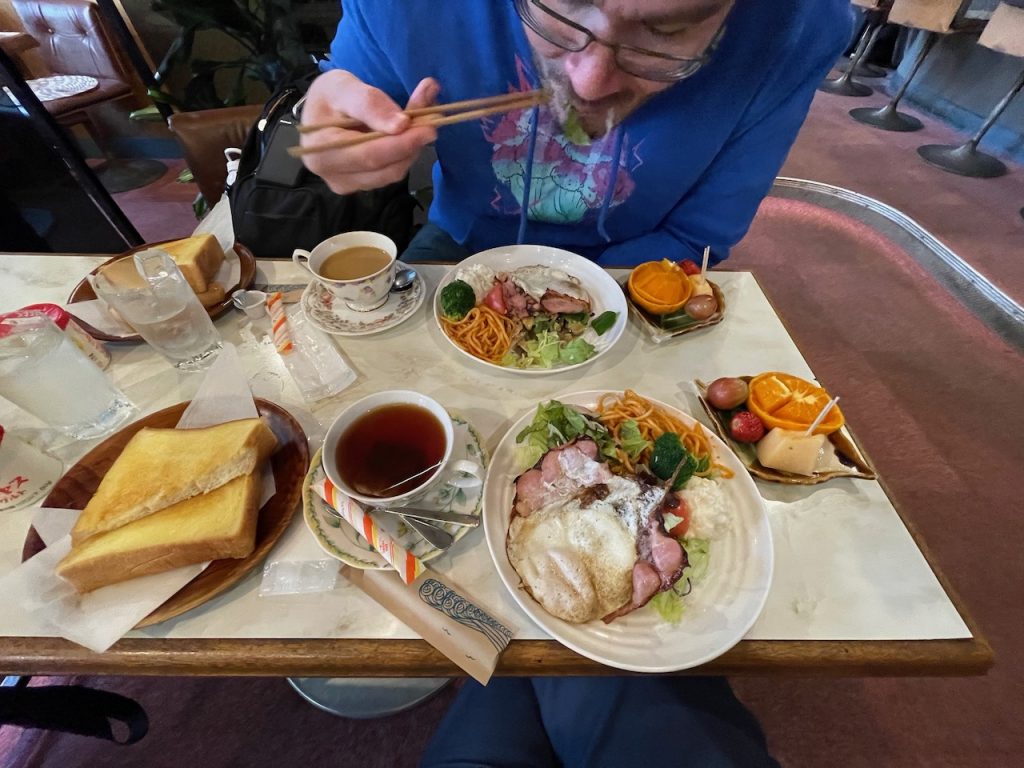
After breakfast, castle! The Kanazawa castle is in the middle of a huge park, which used to be the center of military operations turned feudal administrative palace. There are signs all over the roads around the castle that tell you where original gates stood or what it was used for.
This castle is super cool – they’re renovating it based on old records and floor plans and photos from pre-WWII. They just finished renovating the main hall in 2021 and the interior of the main keep is all done up in displays about how they rebuilt it and what the rooms were used for and how they made things earthquake-proof. A large majority was dedicated to administration, and the men and women had separate living areas in the castle (as you do).
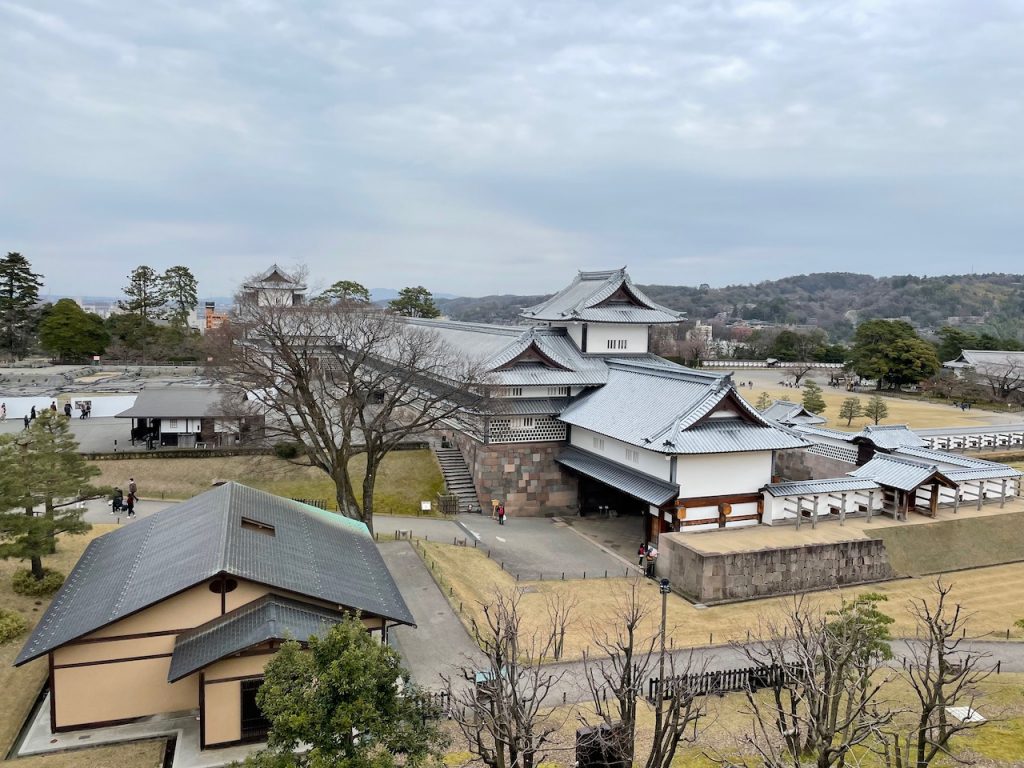
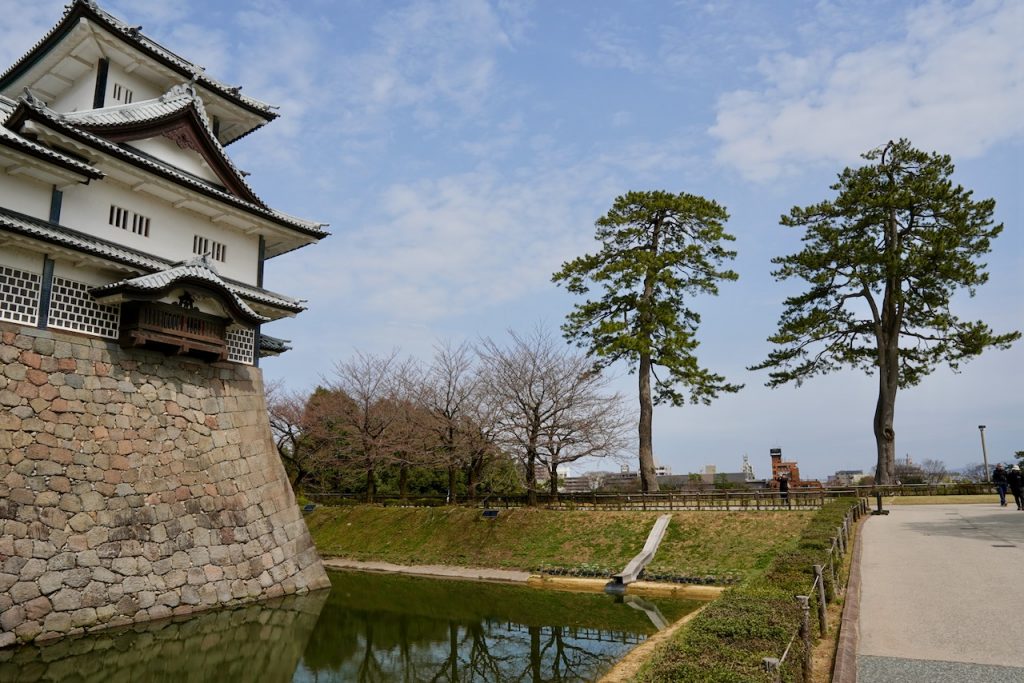
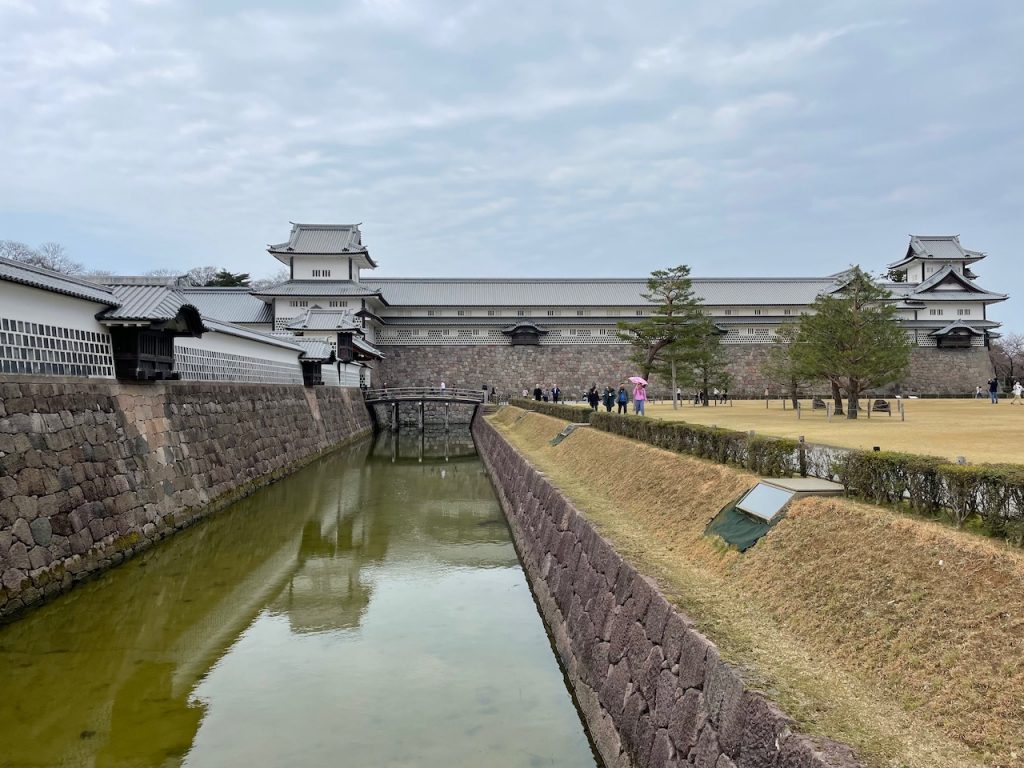
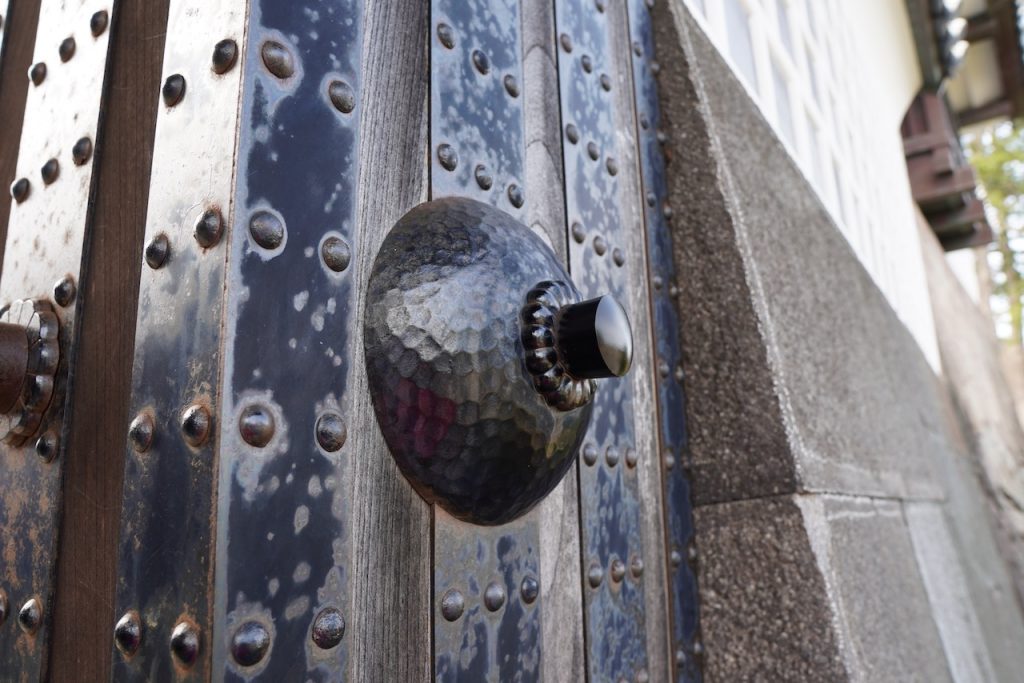
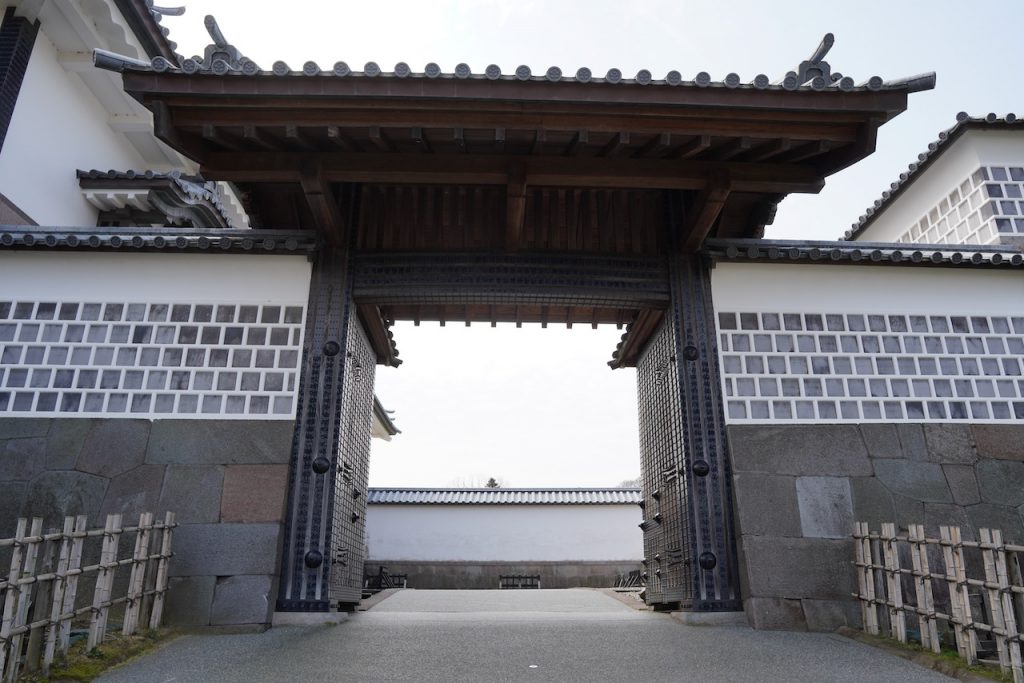
The castle timber was made up of several types of trees, and all of the walls started as bamboo inside. Neat!
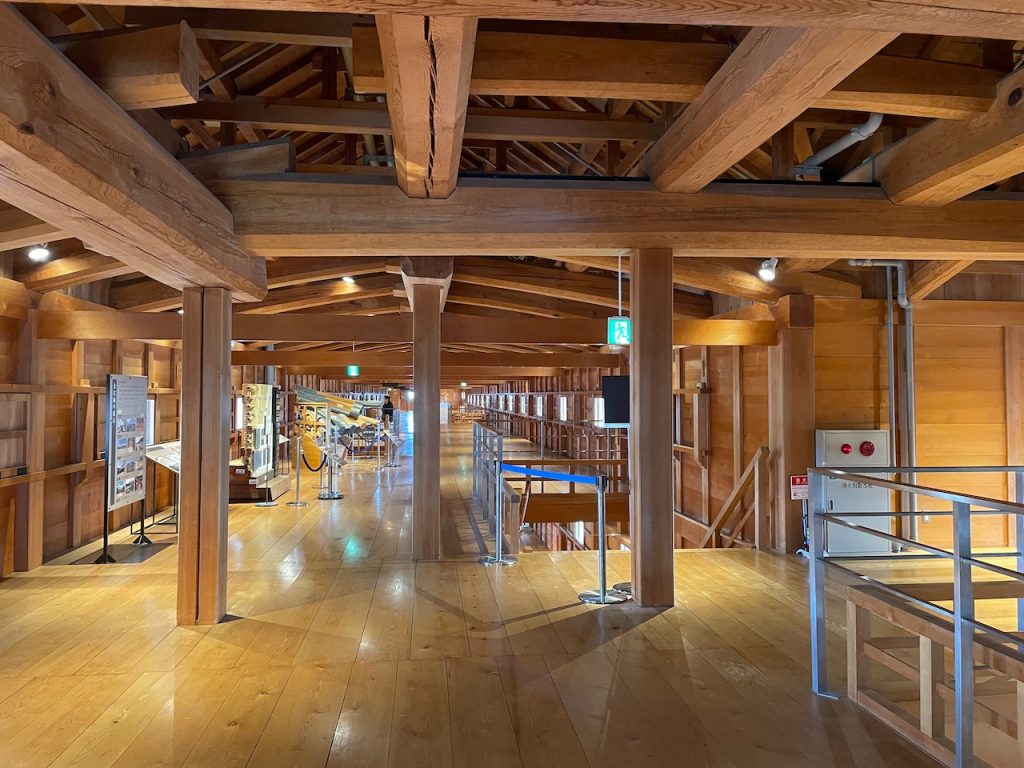
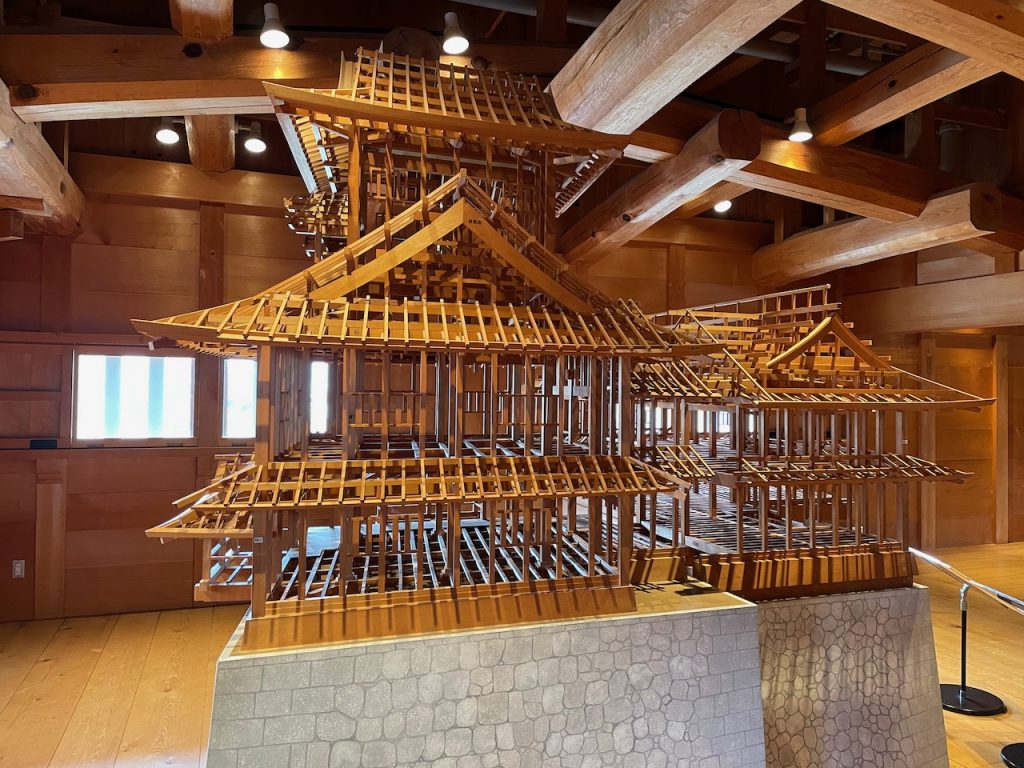
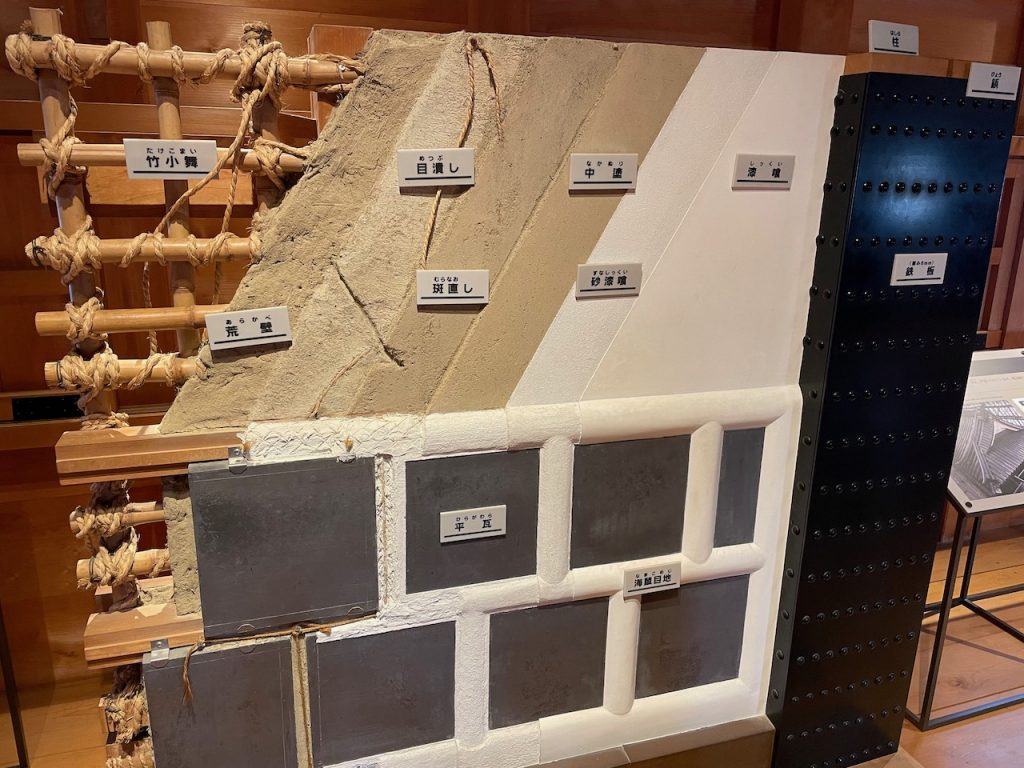
If you look out from the castle, you can see the area where they’re excavating & rebuilding for the next phase of castle work. A+ usage of taxpayer money.
Rhett likes Kanazawa castle more than Himeji. If you are coming this way, I’d recommend it too. It offers more historical background on the construction of the castle, even if it is less grand. I think a lot of the recommendations for visiting on the web are pre-covid and therefore pre-reconstruction and don’t rate this place as highly as it should be rated.
You may recall yesterday’s blog post, where we were trapped in the world’s slowest Indian restaurant and had befriended some Australian Indians. Well, we saw them again at Kanazawa castle as we were leaving for the gardens! They made it out of the restaurant! We congratulated them on their mighty feat.
The castle has a garden attached, Kenroku-en, which is of coursed landscaped beautifully. It’s dotted with cherry blossoms and ponds and ancient pine trees that are held up with old supports. The cherries are starting to bloom but the pines are really what gets me.
Heroically, I fight the urge to climb them, as I know this will lead to an International Incident.
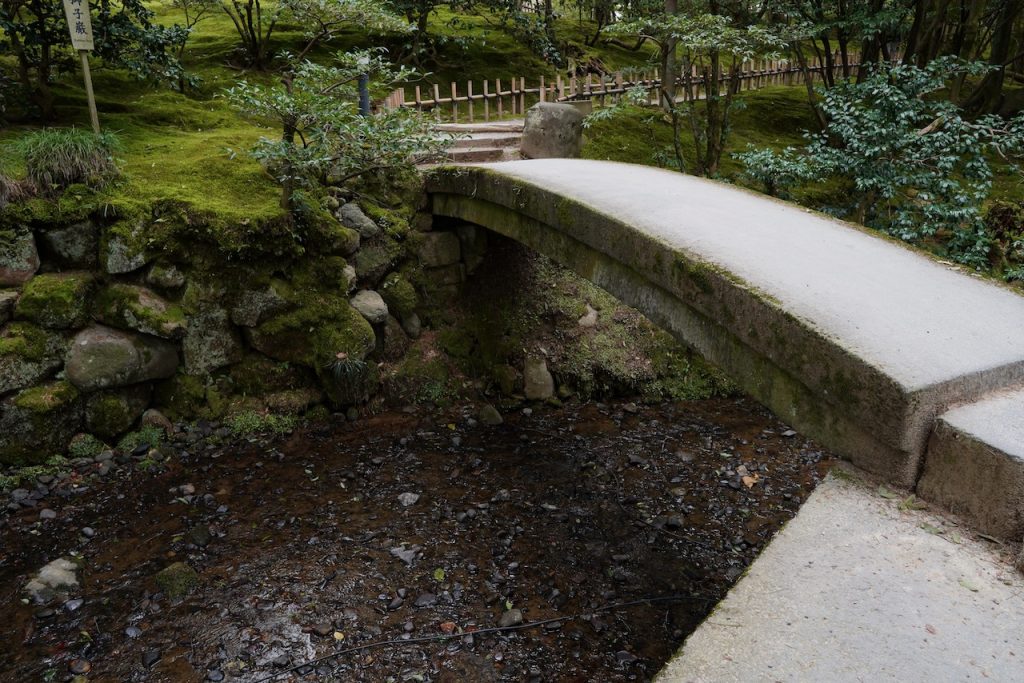
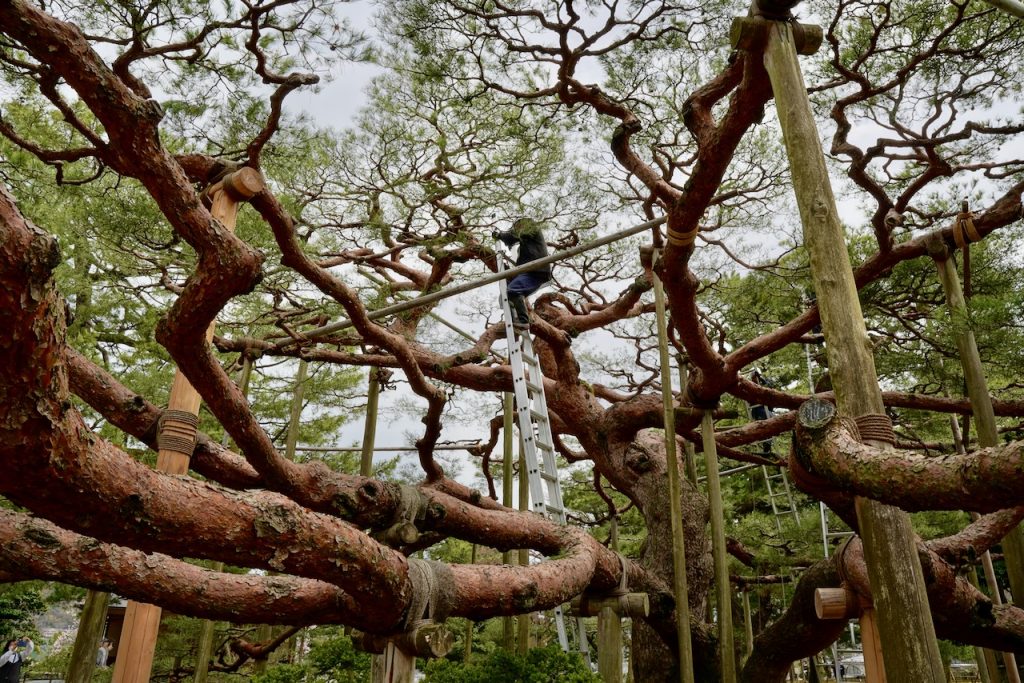
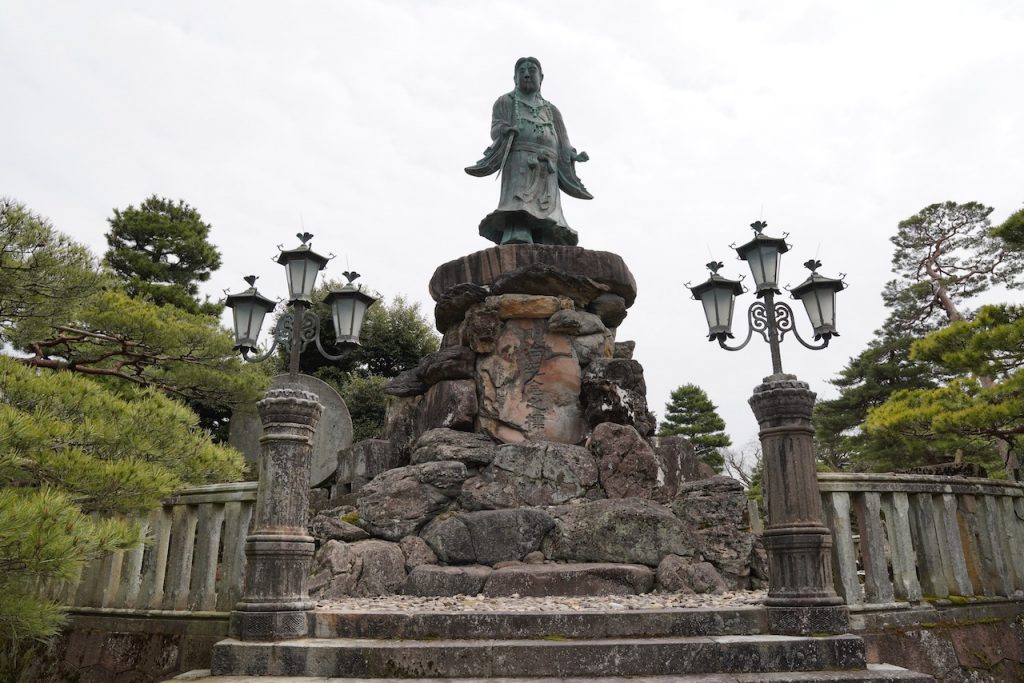
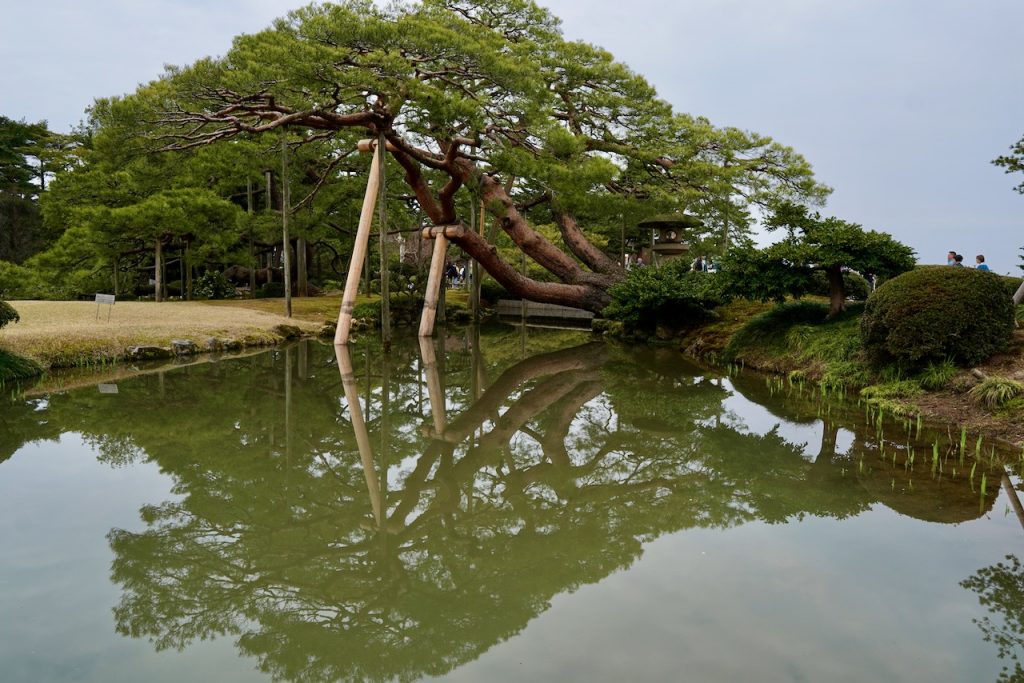
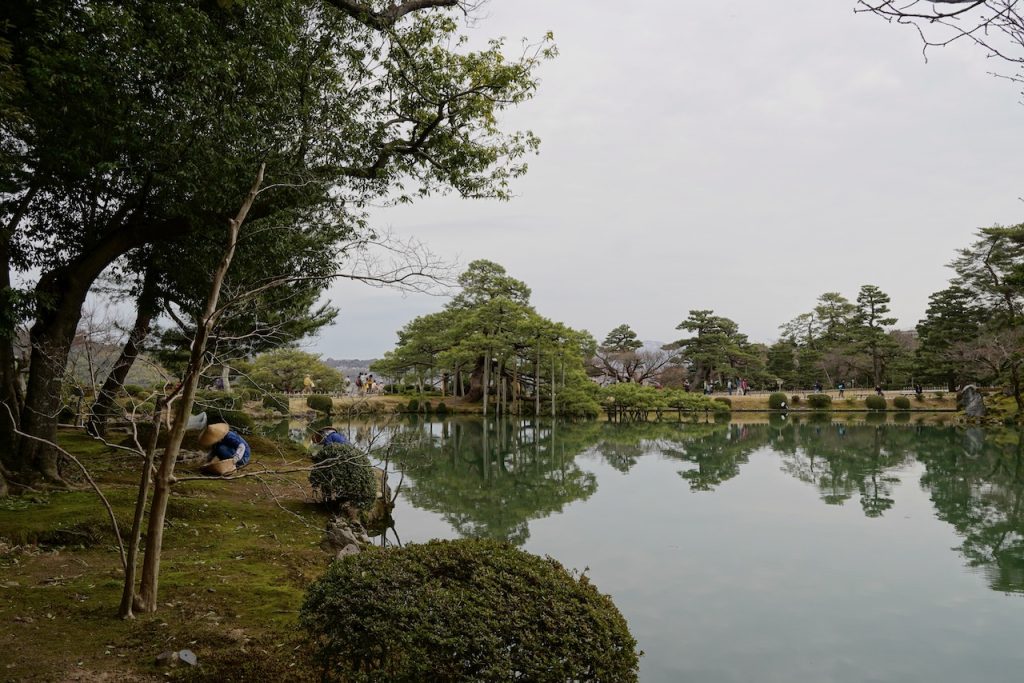
On the way back to our hotel for a siesta, we made a brief stop at the DT Suzuki museum (who is largely credited with bringing zen buddhism to the west). It’s got a big reflecting pond and some info about his life. He liked cats.
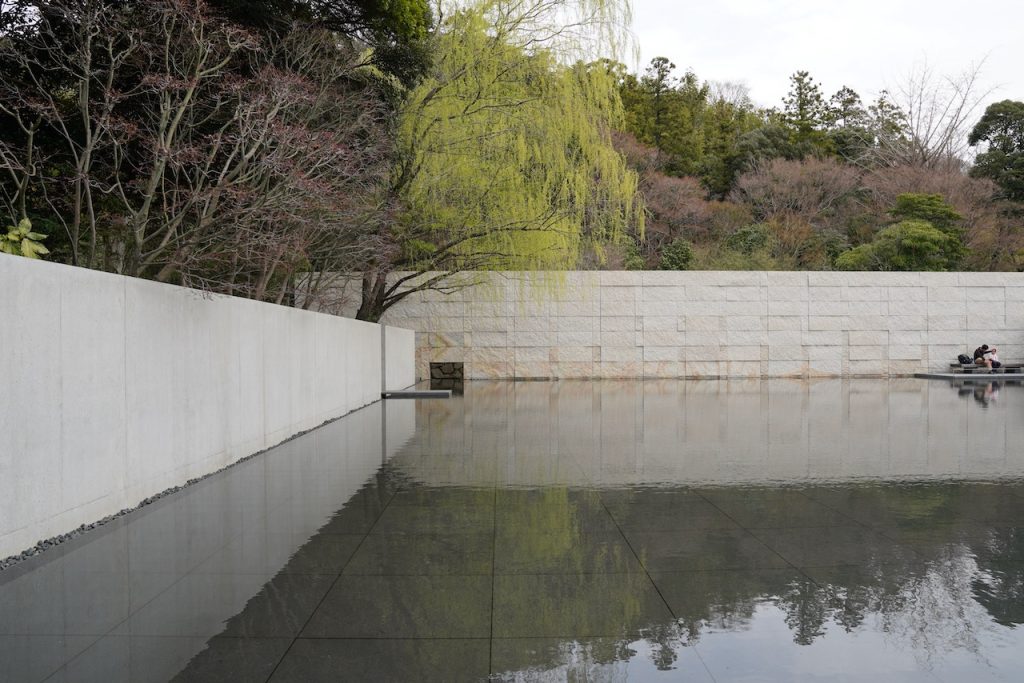
Our food stop was a random jazzy cafe set back from the street across a canal, where I got even more shokupan and Rhett got omu rice (rice with an omlette on top). It was super Tokyo and reminded me of Persona 5. Rhett does not often like jazz, but he likes omu rice.
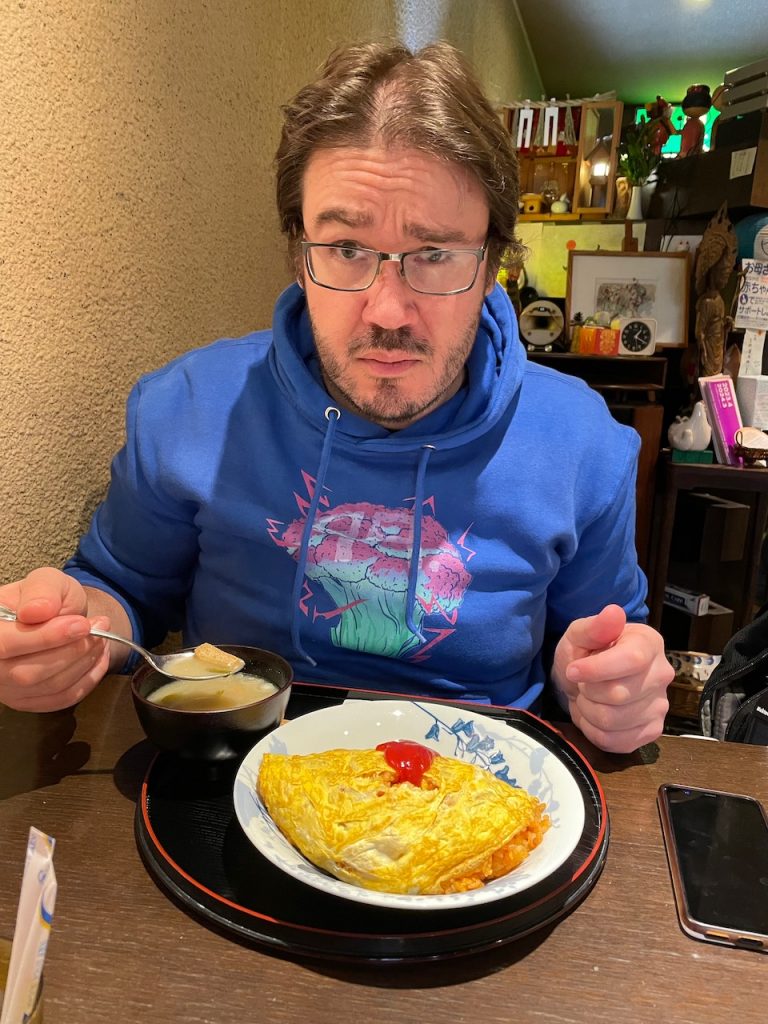
Rhett chose to siesta longer than I did, so I went to Higashi-Chaya, the old entertainment district. The geisha houses and tea shops are beautifully preserved. It’s a warren of tourists now and I wound my way around the international crowd and into the shops selling gold leaf and traditional needle crafts. You can buy a lot of gold leaf everything: golf balls, hairpins, jewelry, cosmetics, and ….. ice cream. So much ice cream.
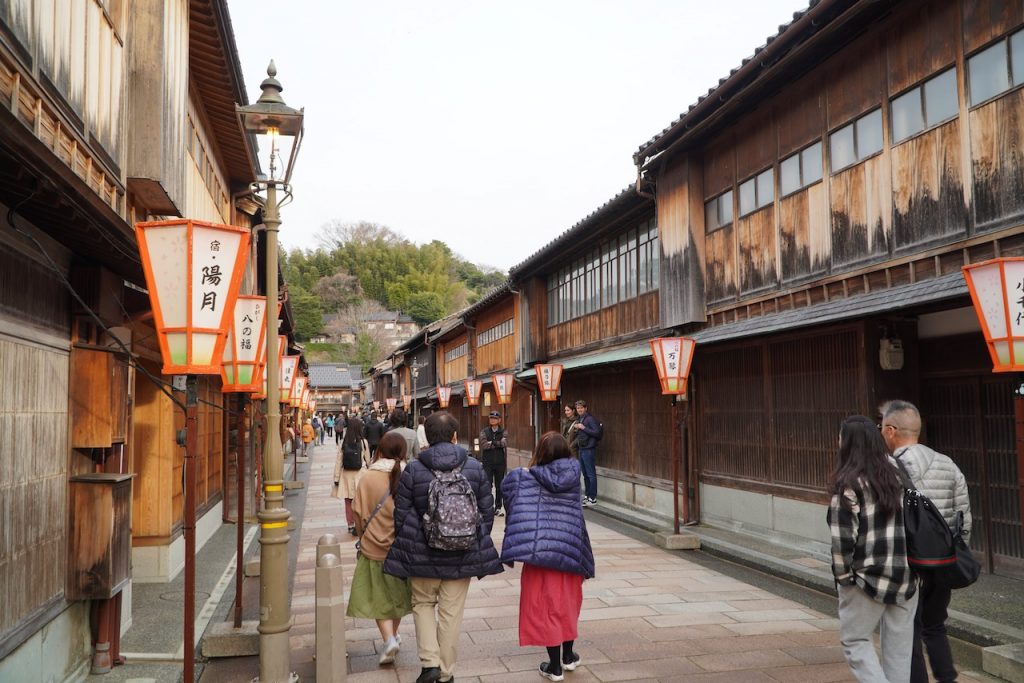
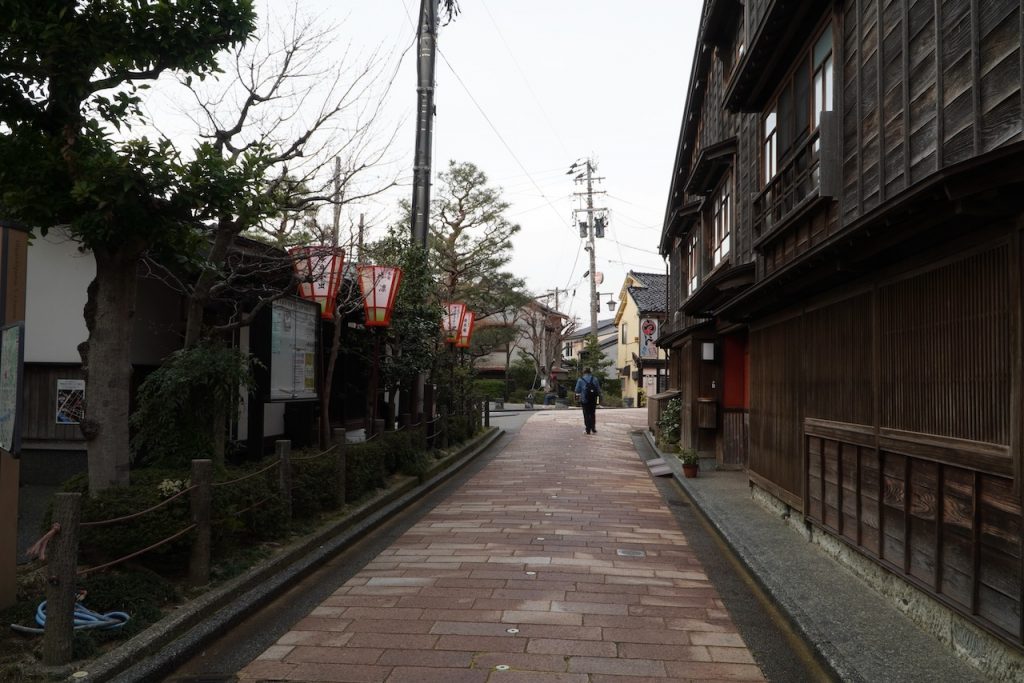
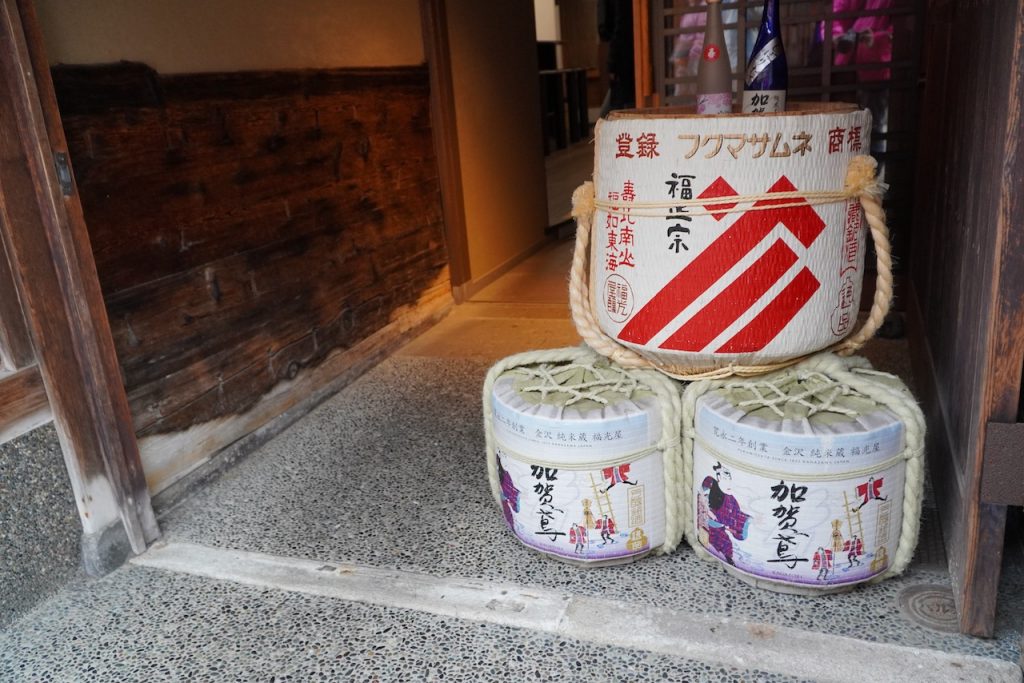
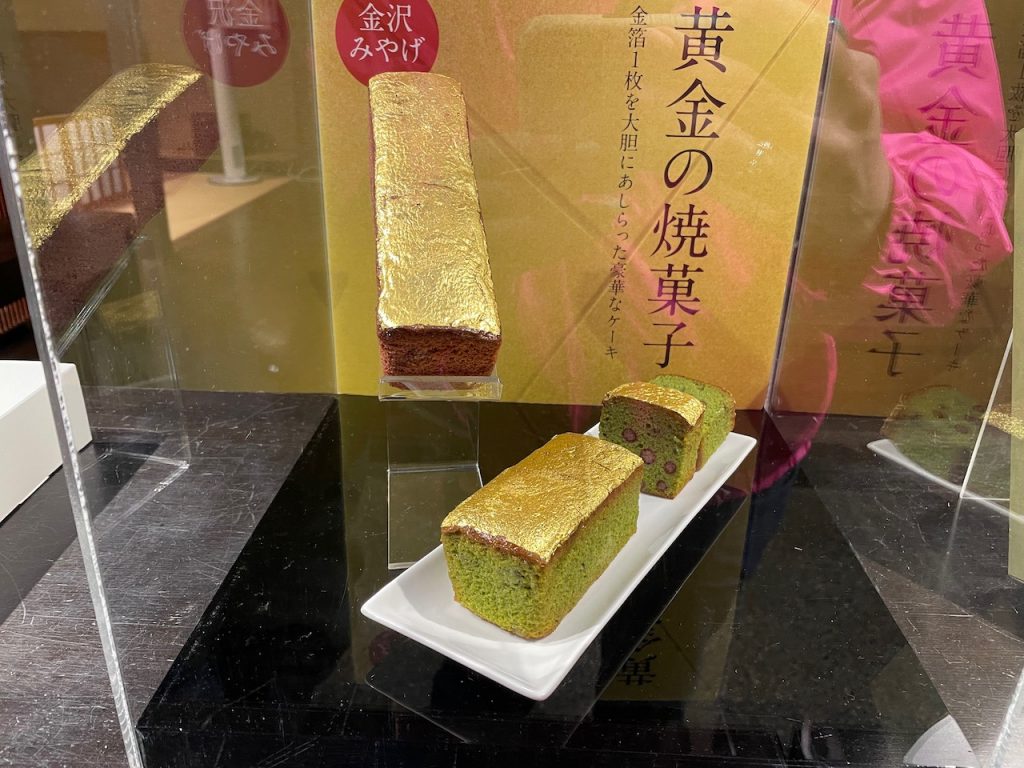
More importantly, I saw cats.
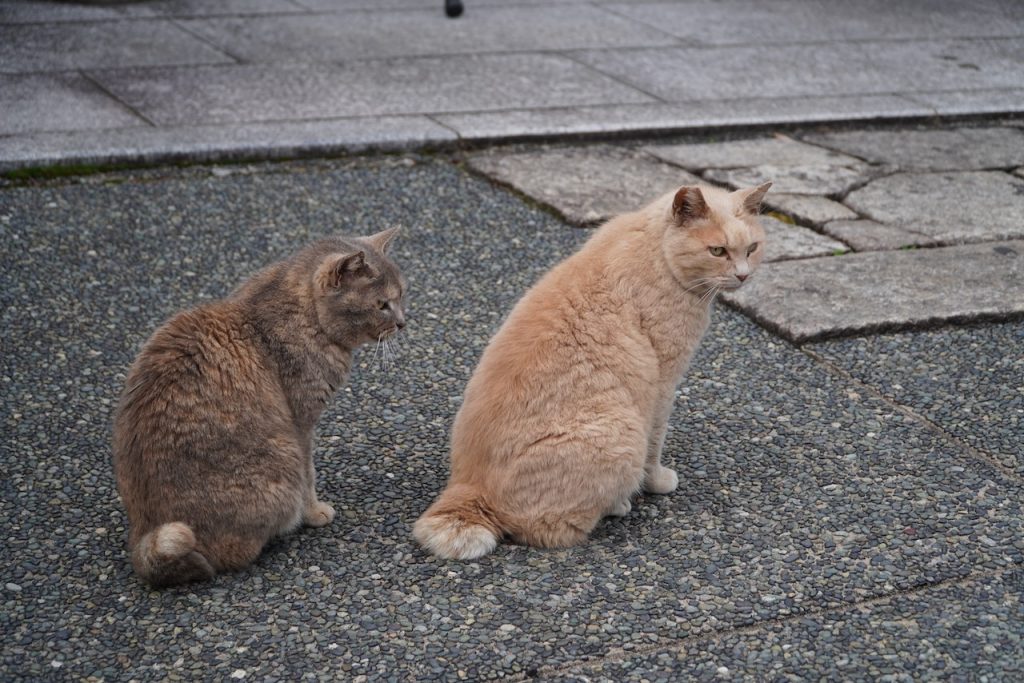
On our last morning, we revisited the little tea room castle diner and moseyed around Higashi-chaya in search of useful souvenirs and this is the story of how I now own hot pink earrings and a gold leaf kitty cat mirror.
We’re off to Nagano on the shinkansen. This is one of my fancy train rides: I booked Gran Class. This is a new ultra first class, above green car. You get a little seat pod and on some routes, they serve you food. I have train slippers. This was only an extra $50 or so for our route and is so worth it. The only downside is that there’s not a ton of luggage storage.
